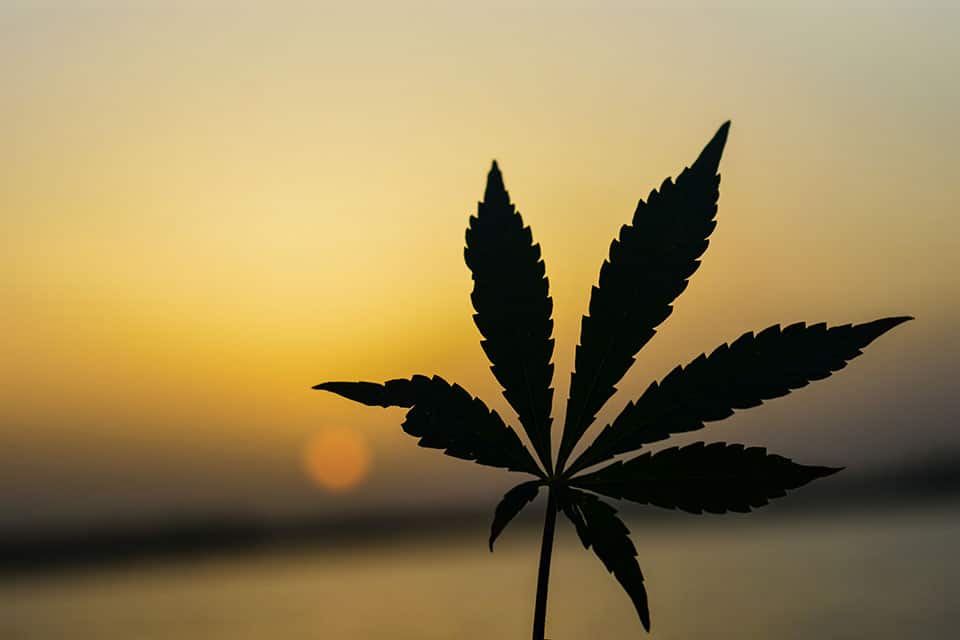CBD is a complicated and dynamic product, but this is what makes it so intriguing! CBD products such as gummies, tinctures, creams and more are all possible, thanks to CBD oil!
CBD oil is commonly extracted from the leaves, stems and stalks of the hemp plant by using the carbon dioxide, steam distillation, hydrocarbon or natural solvent method. Supercritical carbon is used to extract the carbon through the carbon dioxide method. Steam is the main catalyst for the separation of the oil from the hemp plant in the steam distillation method. The solvent methods are similar to that of the steam distillation method, however, instead of using water a solvent used.
After any extraction the CBD is referred to as full-spectrum. Full-spectrum CBD, broad-spectrum CBD and CBD isolate are the three main forms of CBD. No form of CBD is proven to be better than another, they are each uniquely different and purposeful in their own ways.
Full-Spectrum CBD Oil
Full spectrum CBD will commonly contain other cannabinoid compounds from the plant, such as terpenes and amino acids (fun fact: terpenes tend to give the plant their scent). Cannabinoids are known to work synergistically with each other and are noticeably effective when together. The interaction of cannabinoids is often referred to as the “entourage effect.”
Broad-Spectrum CBD Oil
Broad-spectrum CBD oil typically contains no trace of THC, but on occasion can have scarce amounts. Broad-spectrum CBD oil also contains compounds from the cannabis plant, such as cannabinol, cannabichromene and terpenes (myrcene, limonene, pinene). Broad-spectrum can be understood as existing somewhere in between full-spectrum and CBD isolate.
CBD Isolate
A CBD isolate contains no compounds from the cannabis plant besides CBD. For the creation of a CBD isolate the process is slightly different. The extract is cooled and purified into a crystalline isolate form (fun fact: it typically contains no scent or odor).

